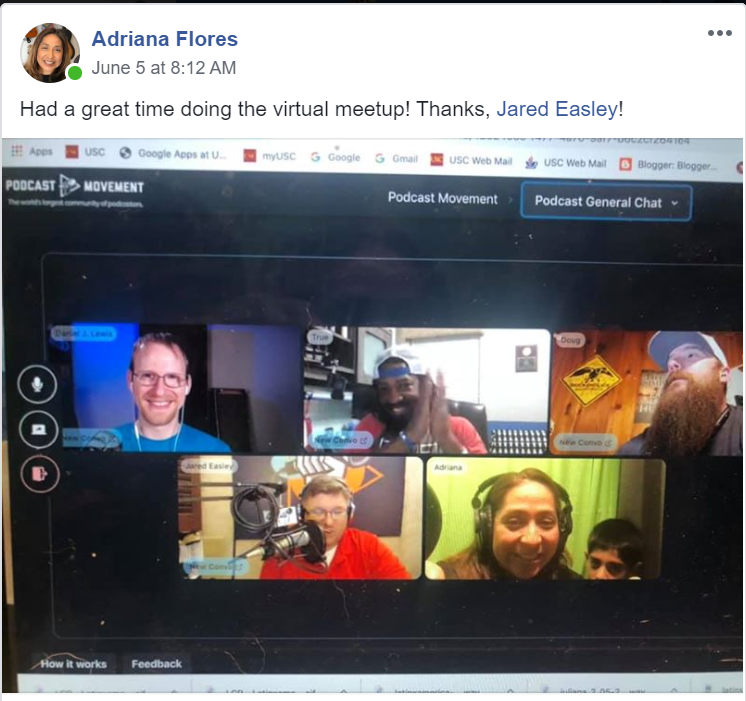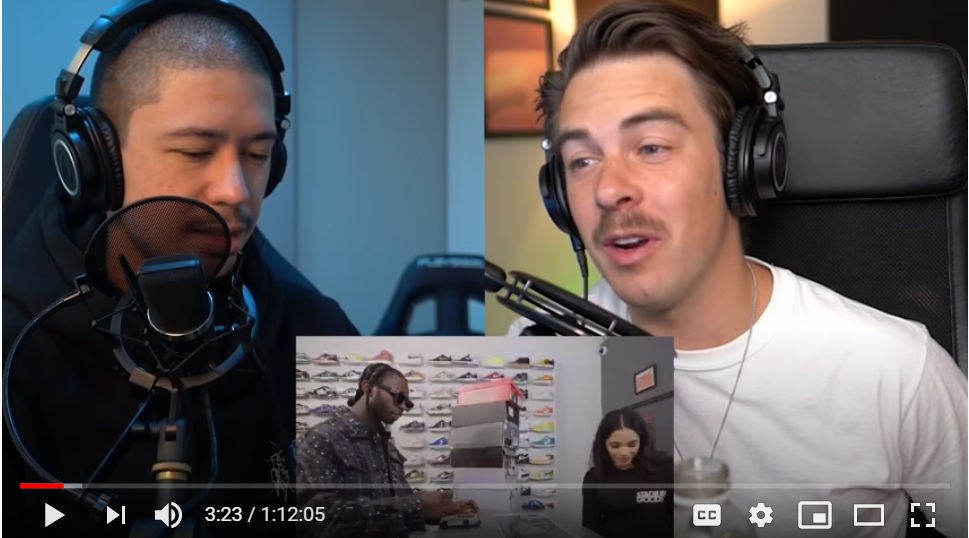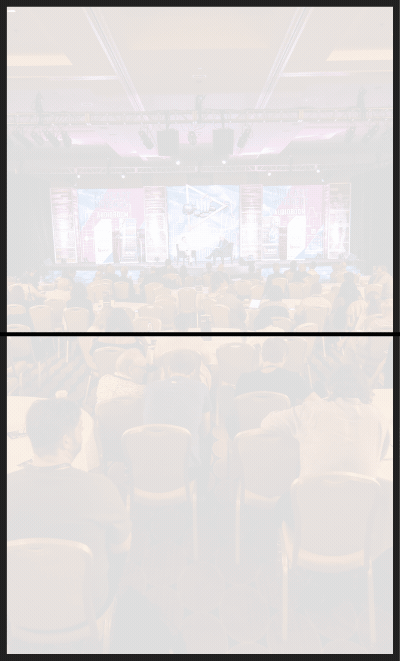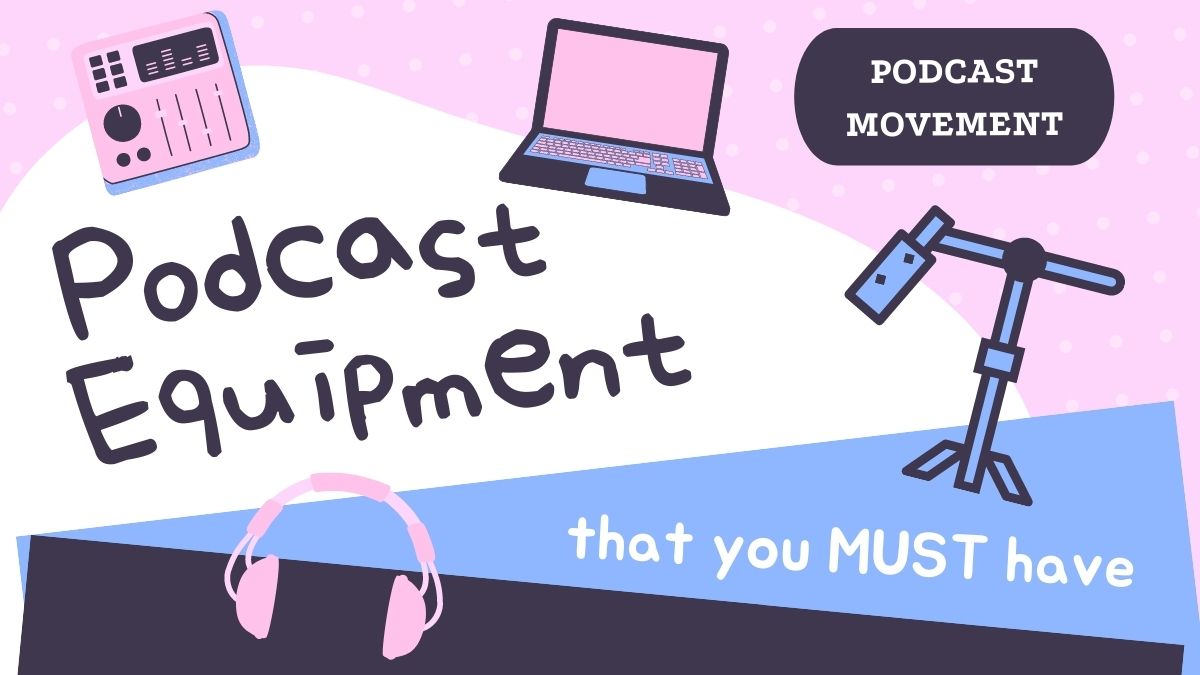Greetings PM Family,
This week we're taking a look at how podcasters can use YouTube to help grow their show. We are also excited about our next virtual community meetup this week! Please make plans to RSVP if you haven't already.
How Can Podcasters Leverage YouTube?
YouTube is still the 2nd largest search engine in the world. It has over 2+ billion users (that's almost a 3rd of the internet). Tom Webster, SVP of Edison Research, recently wrote on his blog about why podcasters shouldn't underestimate YouTube as an opportunity to grow their show.
- One of the recent findings from his research was the fact that ‘Rookies' (those who are newer to podcast listening) are more likely to discover and consume podcasts through channels that many podcast veterans don't pay attention to, like Soundcloud and YouTube.
- Edison Research recently put out its latest Top Ten Podcasts ranked by reach. Several of the top shows on this list are on YouTube.
- Tom continues, “Two of the most important services for podcast consumption, and two of the fastest-growing services period, are YouTube and Spotify, which by definition, do not count as podcast clients, but streaming services. And sure, it's easy to get hung up on definitions about what is and isn't a podcast, but my interest here is on your show, and I'm here to tell you that the most straightforward way to grow your show is to get it on YouTube.“
We understand that some podcast purists may not resonate with the idea of “podcasting” on YouTube for a variety of reasons. However, we've tried to lay out a variety of perspectives so that you can discern what is best for you & your show.
YouTube's reach is undeniable. James Cridland, the editor of Podnews, shared the following insights: YouTube is the biggest platform for podcasts in Canada (by that they mean the most prominent platform that people, when asked, said that they consumed podcasts on).
- Also, same in Spain
- And more from Canada
- And the same from the US (the accuracy of this data from NAB is debatable)
Why Should Podcasters Use YouTube?
Ellen Lewis explains some convincing reasons in this piece from the RedCircle blog.
- Podcasters benefit from YouTube's massive audience and recommendation algorithm to gain visibility to new audiences.
- By distributing to YouTube, podcasters have the opportunity to gain listeners they would miss out on with traditional podcasting apps. Many first-time podcast listeners are discovering podcasts on YouTube and Facebook Live.
- YouTube's recommendation algorithm is also a powerful tool for discovery. Because YouTube automatically recommends content based on subjects you're interested in, podcasters can reach listeners that may not discover their content on other channels.
- Podcasters can benefit from being able to create additional ad revenue with YouTube. Podcasts with large libraries and subscriber numbers on their YouTube channels could bring in significant monthly income.
- Today's audiences want to have a personal connection to the creators and the content they consume. Unlike podcasting apps, YouTube is also an excellent platform for building community and being a part of a conversation that deepens your relationship with listeners and provides you with valuable feedback on your content.
Why Shouldn't Podcasters Use YouTube?
Mark Steadman from Podiant shared some logic on why podcasters may want to avoid auto-posting to YouTube.
Last fall, he crunched the numbers based on the previous nine months of data from Podiant customers, and apart from one significant outlier, most auto-posted YouTube videos received no views.
What works (if anything)?
Amir Shahzeidi is a digital marketing manager at Uscreen. He says, “More than 70% of YouTube users watch content on mobile devices, making it the perfect platform to engage more people. Today YouTube is available in 80 languages, making it accessible to 95% of the Internet population.“
Amir put together a post last fall that shared four tips on generating better rankings when using YouTube for podcast promotion. We encourage you to check out this post here, but we'll quickly give you the bullet points in the meantime.
- Use YouTube SEO – Be sure to use keywords in video titles and descriptions. It doesn't hurt to use relevant tags to describe the video as well. Video – 6 Ways to Get More Views on YouTube
- Design a Captivating Thumbnail – The thumbnail should not include your face if you are only uploading audio from your podcast. Brand your thumbnail with your logo. Use an exciting title in your thumbnail, but try to avoid repetitive messaging.
- Focus on Watch-Time – The more watch-time a video receives, the higher it will rank in searches. Consider reading up and learning more about pattern interrupts.
- Use a Call to Action – Use a video suggestion and a link to your website where listeners can access show notes and also find other podcast episodes.
- How to Create a YouTube Channel that Gets Views – This excellent resource and in-depth article is a must-read for any podcaster wanting to set up and start their YouTube Channel.
Podcast Movement Community Suggestions:
- Marion Abrams from Spartan Up! Podcast – recently shared her portable video podcasting equipment. This video is less than 8 minutes and is worth your time.
- YaQuavia Gooden from Cubana Kiss – “I have the video for my podcast that I upload to YouTube. I also upload the audio to my podcast hosting site.“
- Frank DeMaria from Check Out This Record Podcast – “I started with the audio on YouTube, but I think it's hard for people to listen to hour audio on there. We just switched to video, and the views went up quite a bit.“
- Michael and Janine Wright from Down Wright Random – “We started with videos on YouTube. We also post the audio from our show as a podcast.
We use our camera as our audio interface, and it saves each audio channel as separate files. We usually take the audio from the video when we export just because it's quicker. We only keep the different audio channels for a backup just in case we need them.“
- Tim Gillette from The Tim Gillette Show – “I have been doing a live video, putting it on YouTube, using the audio as a podcast, transcribing it as a blog post, and pulling snippets as social posts. I've done this since 2014.“
Final Thoughts
In closing, Julia Alexander of The Verge wrote a helpful article on this topic. She explains what some of the top YouTubers are doing to leverage podcasting on the platform.
They can break their show into pieces and spread it across multiple channels. H3 Podcast, and Cody Ko and Noel Miller's Tiny Meat Gang run as full-length episodes on their main podcast channel. The episodes are broken down into tiny individual cuts for videos on another channel.
These cuts often referred to as clips or highlights, which exist on a completely separate channel. They're also arguably more important when it comes to using YouTube as a way to grow the podcast.
—
We welcome your perspective and opinions on this topic. Also, if you are seeing results or know a fellow podcaster that is doing well with YouTube, please let us know so we can share this with the community.
RSVP For The Next Community Virtual Meetup!

We are planning our next virtual meetup for this Thursday, June 25 at 8:00 pm ET. We already have over 60 people registered so far. Please make plans to join us for this free online networking event!
Don't Cheat Yourself

The temptation to cut corners can create results that you don't want. We encourage you to stay diligent and resilient. Remember to take your time and adjust as you continue building your show. Great things take time, and so does an excellent podcast.
Stay the course and don't skip the process,
Team PM
“The day you plant the seed is not the day you eat the fruit” – Fabienne Fredrickson




Join the Movement